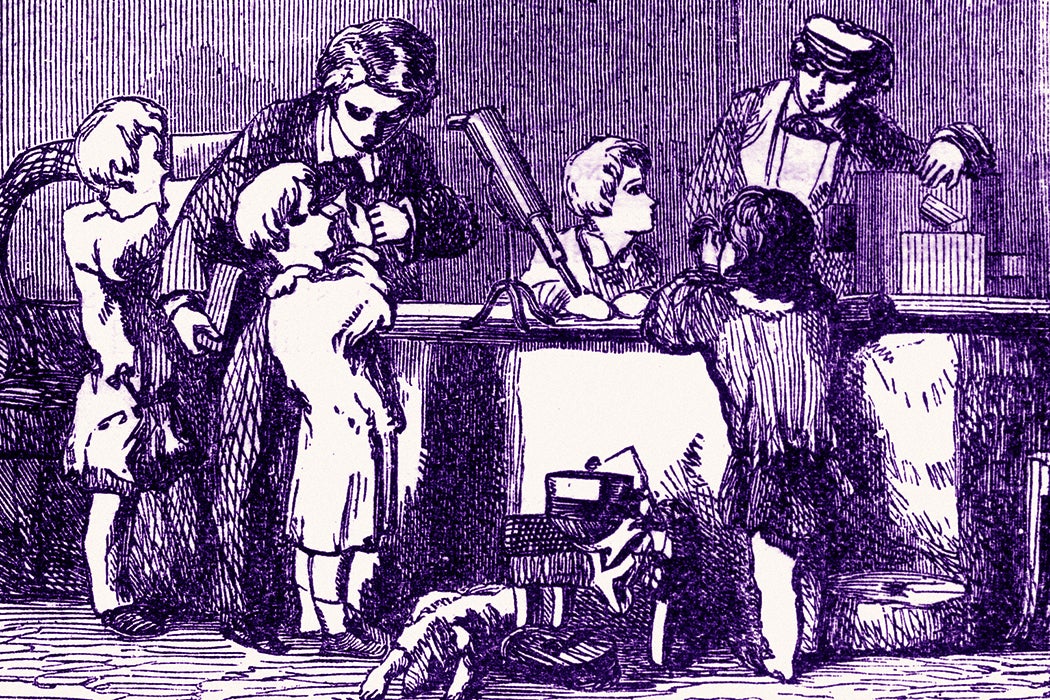When the microscope was first invented, it was a novelty item. Early examples were called flea or fly glasses, since they magnified those small insects to what seemed a great size at the time. But scientists didn’t readily take to the new technology.
Biologist Clara Sue Ball examines why “the early history of the compound microscope reveals a curious lack of interest among scientists in the possibilities of the new instrument.”
The first compound microscopes date to 1590. These devices use more than one lens, a step above most single magnifying lenses or glasses. The actual inventor is contested because there were several people at work on them, but father and son team Hans and Zacharias Jensen are usually credited.
The word “microscope” first appeared in print in 1625. And yet, as Ball writes, no “truly scientific use was made of the microscope” until 1661, when Marcello Malpighi discovered capillaries in the dried lung of a frog. His work would have been impossible without a microscope. Robert Hooke’s famous book Micrographia of 1665, with its sumptuous illustrations of tiny things, confirmed the importance of the new technology for observation.
It was the Dutch Antony Van Leeuwenhoek who used the microscope to start making discoveries, not just bigger pictures of things. The tradesman turned to crafting his own lenses, which had up to 300X magnification, a huge jump in power from most previous devices, the best of which were in the 20-30 x life-size range. His curiosity was large, too. He is credited with discovering bacteria, protists, nematodes, and spermatozoa, among other things. He examined and drew the “animalcules” (from the Latin for “little animals”) of his own semen after sex. (Mrs. van Leeuwenhoek’s opinion that famous event does not seem to have been reported.)
About the plaque on his teeth, van Leeuwenhoek noted that the bacteria was “very prettily a-moving” in the spittle, one type going “like a pike does through the water.”
So some seventy years separated the invention of the microscope and “any systematic work of great and lasting scientific value.” Ball attributes this to the primitiveness of the early microscopes, which were very hard to use. Perhaps more importantly, she argues that the developing biological sciences, especially botany and anatomy—which would later benefit so much from magnification—were not advanced enough to realize “the significance of the observations made.”
Had people been ready, would the technology have been pushed harder? It’s notable that van Leeuwenhoek was utterly unknown: he had no training in natural philosophy/natural history, as the sciences were then called. The “father of microbiology” was completely self-taught. In the context of a rich Dutch glass-making tradition, he perfected his own lenses, grinding and polishing them himself. His microscopes weren’t even the compound type used by others; they were single lens devices, basically extraordinary magnifying glasses. He never published a book; the record of his work is in his correspondence with the Royal Society.
Compound microscopes eventually surpassed van Leeuwenhoek’s devices. And by the 1850s, they were both standard scientific equipment in labs and a pedagogical-entertainment standby in middle class Victorian homes, where the animalcules took on a life of their own.







